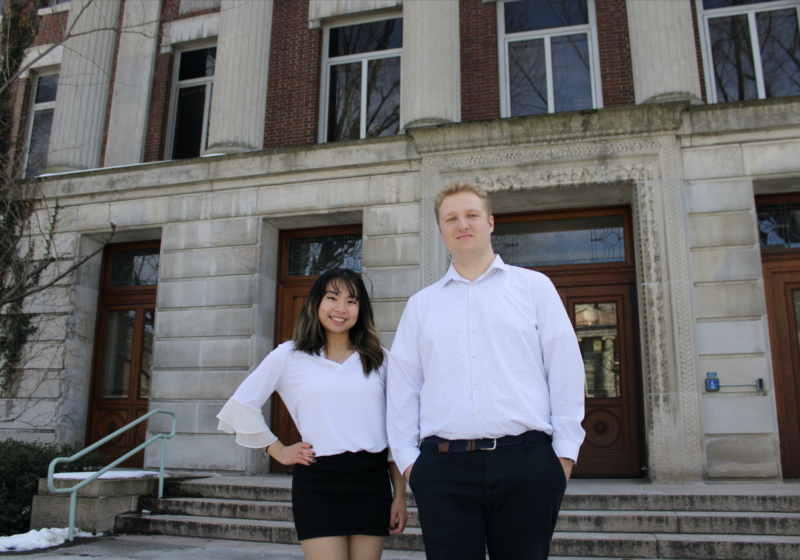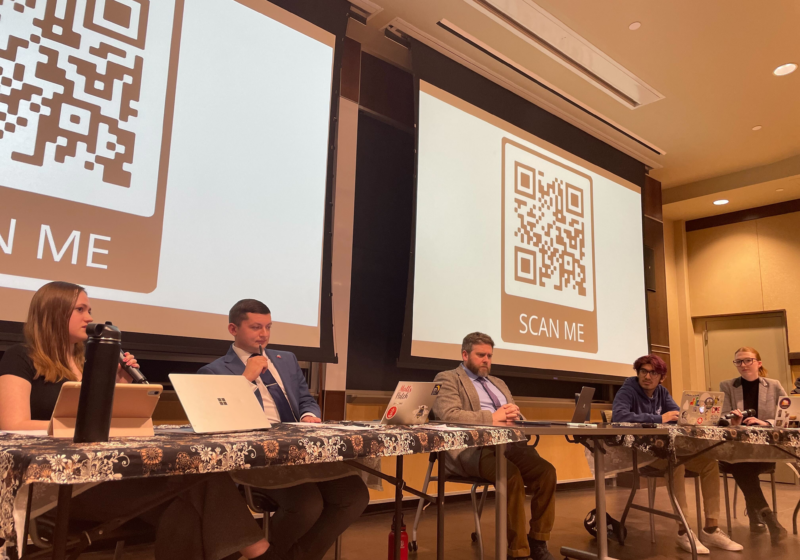Last fall, I had to read a book about the cultural occurrence of high abortion rates in Vietnam. The ethnography was graphic, detailed, and had the potential to be emotionally upsetting to many students in the class. My professor prefaced this material by explaining the nature of the material, that it was upsetting, to take our time with the material, and to talk with her during office hours if we needed time to decompress the material outside of class.
That’s it. That’s a trigger warning.
We read the book. We discussed it in class. We analyzed and wrote about it. In no way, shape, or form did this trigger warning impede our ability to engage with the book or affect the “Freedom of Speech” of the class.
The trigger warning served to give us the time to mentally prepare ourselves and obtain appropriate care before we engaged with the material, but did not prevent us from reading it. A trigger warning is not a big, black censor bar over anything potentially harmful—it’s just a warning.
When you go skiing, do you look at the ratings for the difficulty of each run? A trigger warning is that, for discourse.
In no way has a trigger warning ever negatively affected my education, and I’m more than willing to listen and use trigger warnings myself because I understand that there are other people in my classes and on my social media that need them. A trigger warning is not your Freedom of Speech under attack—rather, it is a way for persons to engage in discourse in a more healthy and productive way than by running blindly into material that might be emotionally and mentally harmful to them.
Further, the use of trigger warnings and safe spaces is critical to the preservation of diversity and inclusion on college campuses. Academia has taken significant steps to try to ameliorate the diversity issue in undergraduate studies, and often says that diversity is necessary in order for students to become more well-rounded and aware of the world around them.
Inclusion of students from diverse backgrounds, however, also means supporting these students by giving students spaces where they can obtain necessary self-care. As explained by University of Chicago alum Cameron Ndubisi in a Facebook post last month, “if you want a university with people who have experienced ‘real-life,’ then you need to create places where they can heal or eliminate the culture that harms them in the first place.”
This is something that many privileged people do not understand, and reflects on the saying that “When you are accustomed to privilege, equality feels like oppression.”
It should also be addressed that the private university is, in itself, a “safe space.” Here at UR, we have the Genesee River, Public Safety officers, and a lack of University transportation to many parts of the city to protect us from the “real world” and keep our students comfortable.
It is hard for me to see anti-safe space and trigger warning rhetoric as anything but insensitive gatekeeping of academia from a group of liberal scholars who are used to having their positions and privileges unquestioned. For academia to continue to adapt to a more equal society, we must abandon the elitism surrounding rhetoric concerning trigger warnings and safe spaces, and recognize the importance of self-care.
As someone who wishes to become a professor of social sciences in the future, I will be using trigger warnings in my class, and I guarantee you that the Constitution won’t spontaneously combust when I do.





